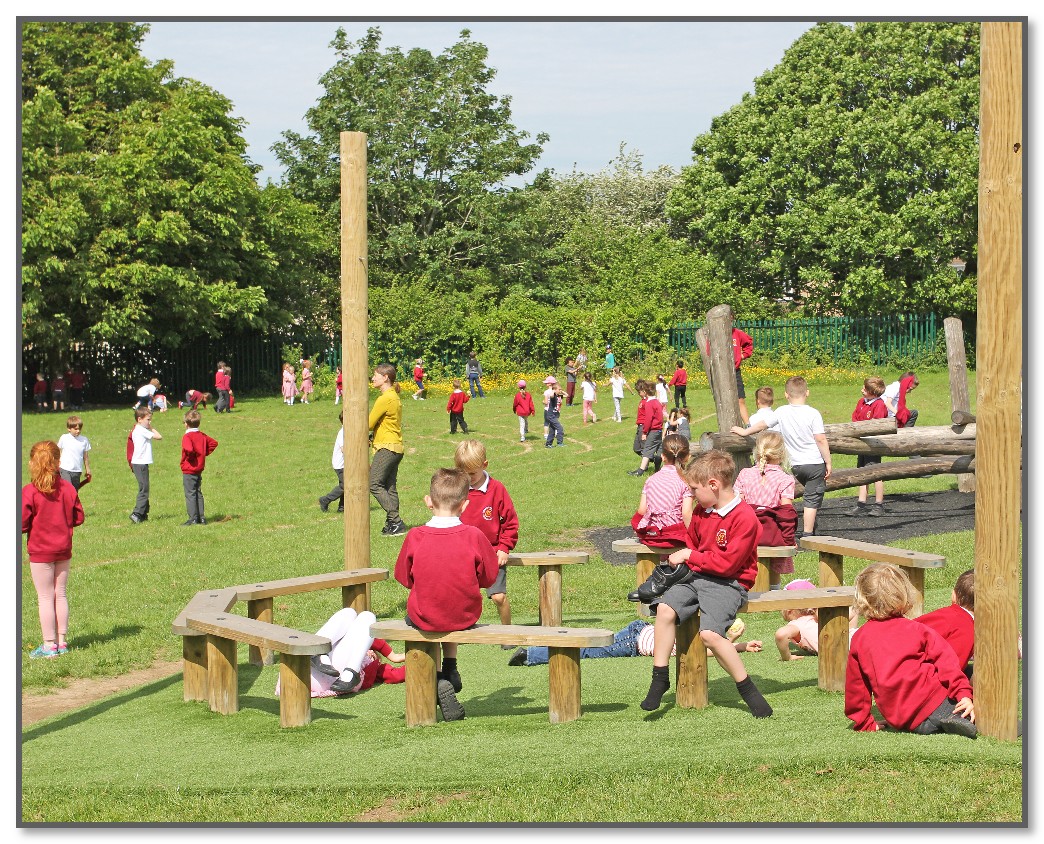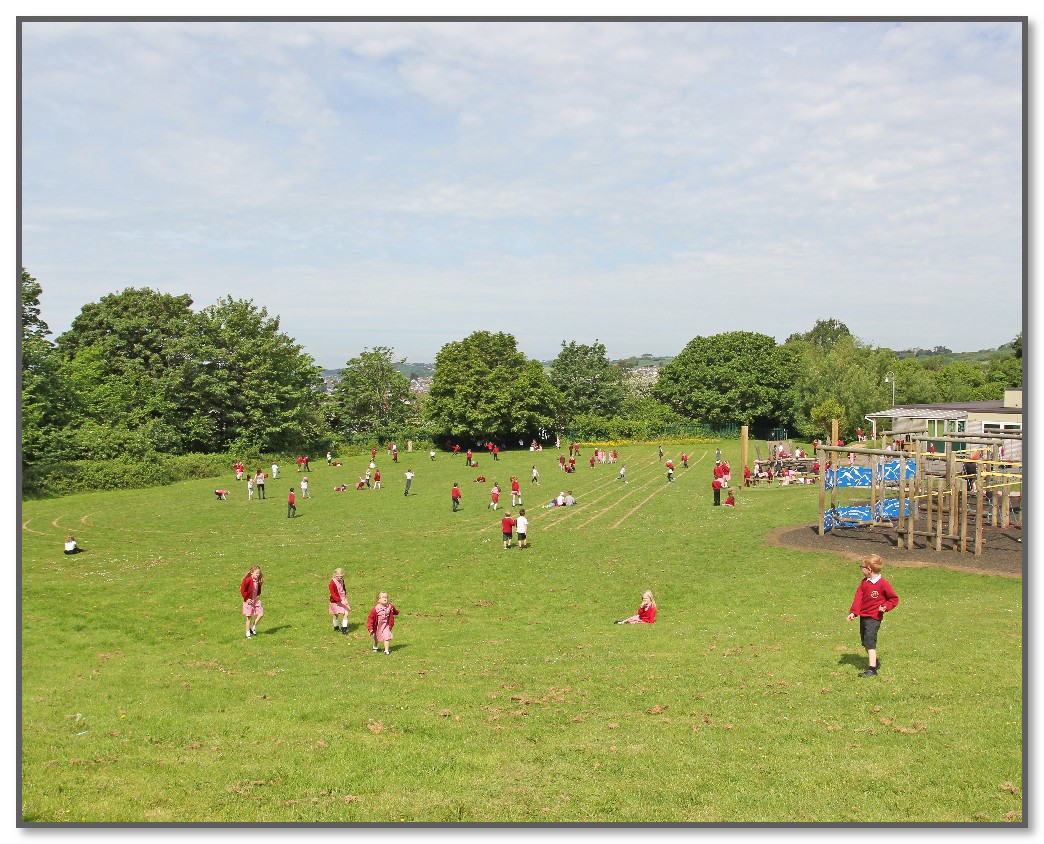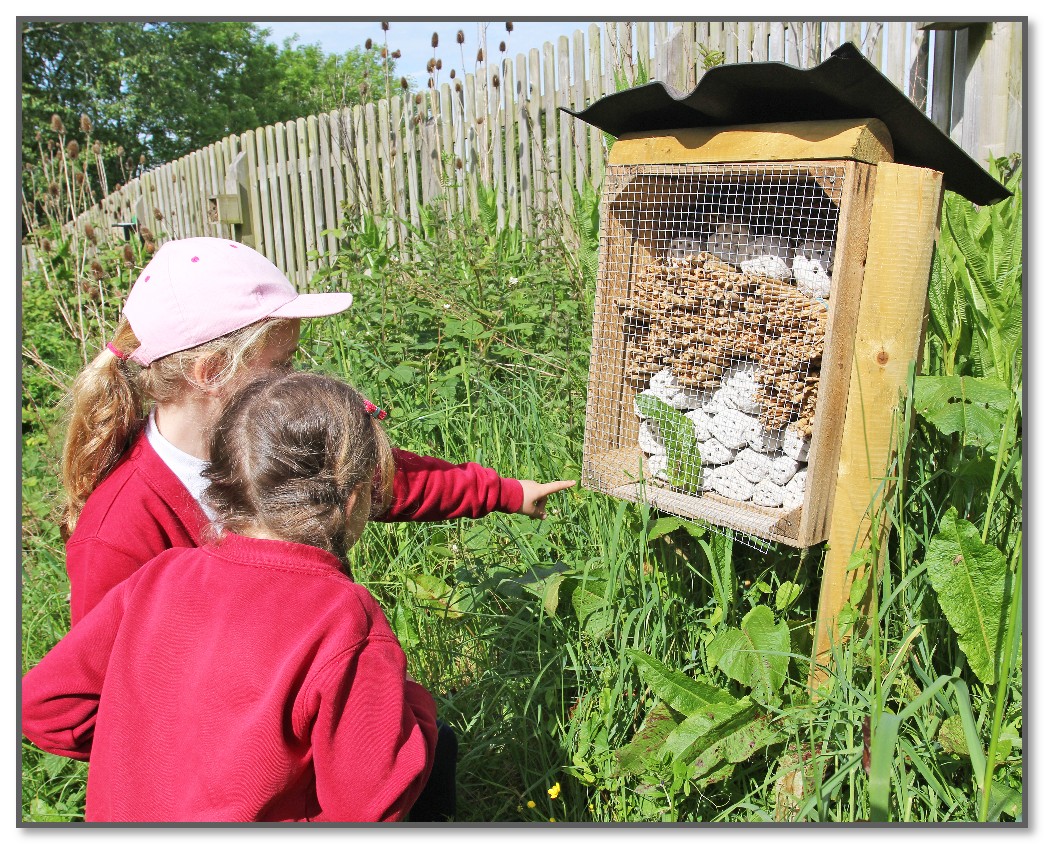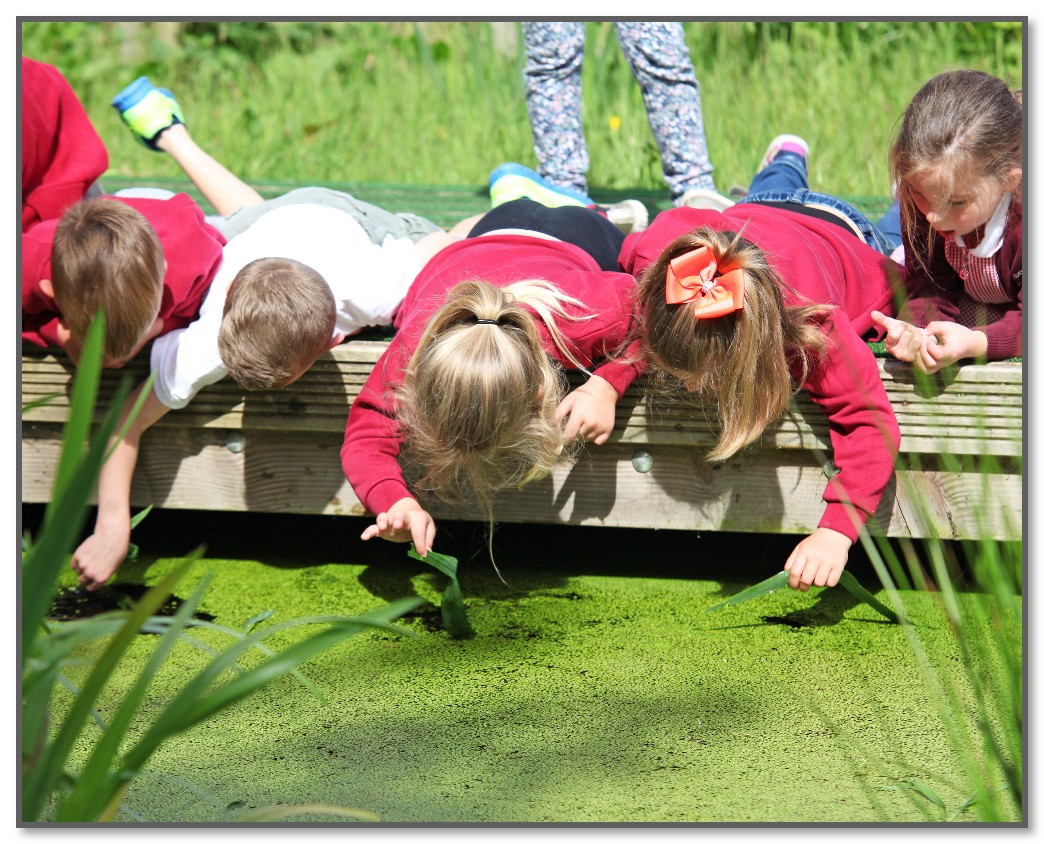History
 |
| Lizzie Fitzpatrick |
| History Co-ordinator |
lfitzpatrick@chaddlewoodschool.org.uk |
'A Chaddlewood historian will have an enquiring and questioning mind and a knowledge and understanding of how historical periods affected those that came after them through a real understanding of chronology. They will have a deep understanding of the key concepts and features of taught historical periods and how they have influenced us today.'
How is history planned at Chaddlewood?
History is planned to explore a main question, which is developed from the subject content detailed in the National Curriculum as assigned to each key stage. Each lesson focuses on a key question, which are designed to piece together the answer the main question.
Key questions are formed from the key concepts (disciplinary knowledge) and the substantive themes (substantive knowledge) that have been identified as integral to understanding history and are used as longitudinal threads to build substantive understanding across year groups and topics. Our teaching and curriculum design reflect the relationship between substantive and disciplinary knowledge. Learning activities have been developed collaboratively to ensure effective progression of knowledge.
We identify 'knowing that' and 'knowing how' or conceptual and procedural. Historic enquiry is used to drive the curriculum in order to develop children’s enquiry and questioning ability. This enables them to find things out for themselves without being given answers. Teaching develops pupils’ historical knowledge and their historical analysis simultaneously.
The planning format is designed in phases with immersion, review and assessment and knowledge rich sections intrinsic to the plans. Planning provides the opportunity to embed previous learning and develop links between lessons and key concepts. Connections are also made with previously taught history topics as part of the ‘overlap of learning’ and to consolidate and deepen understanding so children can use what they already know to help them.
Chronological understanding is built into our lesson sequencing as a secure overview of knowledge of the past supports pupils to develop chronological knowledge into coherent narratives that are more memorable for them. A whole school timeline has been designed and is reviewed at the beginning of every unit to ensure learning is meaningful. This timeline identifies their present topic in relation to the previous areas of historic enquiry they have covered during their time at Chaddlewood and gives children a 'mental timeline'. Children build a greater understanding of where each civilisation occurred in relation to previous units studied. They explore how the civilisation being studied compares to what was happening in Britain in the same time period. Intent: History at Chaddlewood is planned using the National Curriculum subject content as assigned to each key stage. We then use key knowledge and skill milestones as the basis for the planning of the coverage of the NC history content across all year groups. Milestones are differentiated across year groups and key stages and learning activities have been developed collaboratively to ensure effective progression of skills and knowledge.
Disciplinary Concepts |
||||||
Why are these our disciplinary concepts?
The aims of the National Curriculum, reading from a range of curriculum thinkers, as well as the planning and sequencing of lessons have formed the basis of the Chaddlewood disciplinary concepts.
We have split these concepts into two categories. Conceptual and Procedural.
How do we ensure that the curriculum will reinforce disciplinary concepts so that pupils remember more in the long term?
Disciplinary concepts are developed from the substantive knowledge needed to understand history as a discipline. We use disciplinary concepts in history to ensure that the knowledge from the National Curriculum has a conceptual spine to hang off. These ‘big ideas’ give the curriculum knowledge a disciplinary context and allow children to make knowledge and conceptual connections.
Knowledge is taught to be remembered, not merely encountered; therefore, we begin each unit by exploring a main question. We then use key questions, which are explored in lessons, to develop the answer for the main question. The key questions are developed from the disciplinary concepts. This approach breaks the problem down into parts. This reduces the problem space and lightens the cognitive load, making learning more effective.
Substantive Themes |
||||
Legacy |
Invasion |
Civilisation |
Empire/Kingdom |
Settlement |
Why are these our substantive themes?
We have identified the major substantive themes that feature throughout the study of history in a range of contexts at Chaddlewood Primary School. Our curriculum ensures that pupils regularly encounter a wide range of important substantive themes as they are extremely important to pupils’ understanding of new material. Our pupils come across these often abstract terms in every year of school history. They are therefore able to draw on their secure knowledge of these concepts repeatedly in a number of different contexts and make links across the history curriculum.
How do we check that pupils have understood before we move on?
We begin every historical unit with a KWL grid to ascertain children’s prior knowledge (against the key questions) and gaps in previous learning. This is used as a mechanism to shape the planning for the module and ensures that time is not wasted teaching knowledge that the children already have. Lessons are always adapted accordingly.
We use retrieval practice or 'challenge grids' to support this and ensure the essential ‘substantive themes’ of each subject are taught and embedded and to gauge the children's learning and understanding against the key questions. Planning is then adapted accordingly based on children’s outcomes.
Assessments are made formatively and summatively using the KWL and retrieval grids. In year 5 and 6, children move on to complete a more open-ended retrieval activity which gives them scope to share a wide breadth of understanding in relation to the key questions taught.
We use an impact document to measure the effectiveness of our learning. Content or lessons which were not effective are then changed for the following year. Information is fed back to previous teachers if it was felt that the knowledge from that year was also not secure enough.








